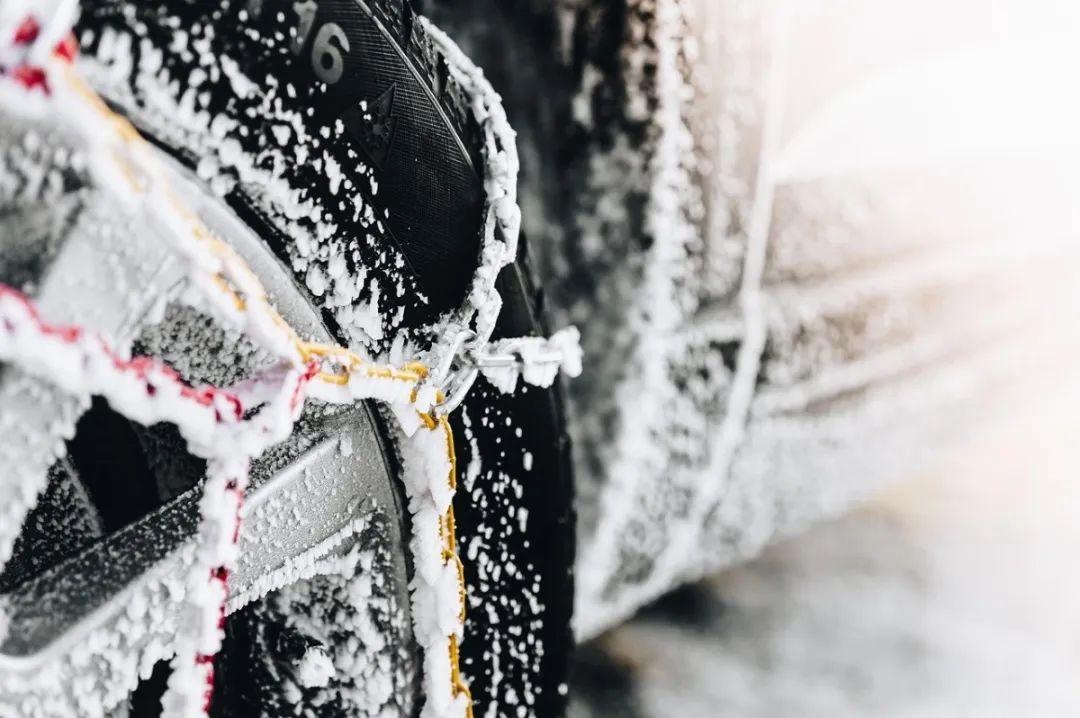The Spring Festival has just passed, the hustle and bustle of traffic has gradually subsided, and people have returned to their daily lives. Looking back at the long journey during the holiday, from the snow-covered north to the slippery streets in the south, the performance of the tires directly affects driving safety.

Low temperatures in winter can cause the rubber to undergo glass transition (Tg), become hard, lose elasticity, and reduce grip. To maintain flexibility and durability, tire rubber needs to be vulcanized to form a stable network structure through cross-linking.
During the vulcanization process, IOTA-Si69 (bis-[3-(triethoxysilyl)propyl]-tetrasulfide) under IOTA acts as a silane coupling agent to assist the vulcanization system. It can release active sulfur, optimize the cross-linking network, improve the uniformity of cross-linking, make the rubber still elastic at low temperatures, reduce hysteresis losses, and improve fuel efficiency and durability.
Modern tires are widely filled with silica to reduce rolling resistance and improve wet grip, but it is easy to agglomerate and has poor compatibility with rubber. The silane group of IOTA-Si69 can combine with white carbon black to enhance filler dispersion, make the tread material more uniform, improve wear resistance, and reduce tire heat generation, further optimizing low-temperature performance.
To learn more, click here
https://www.siliconematerial.net/